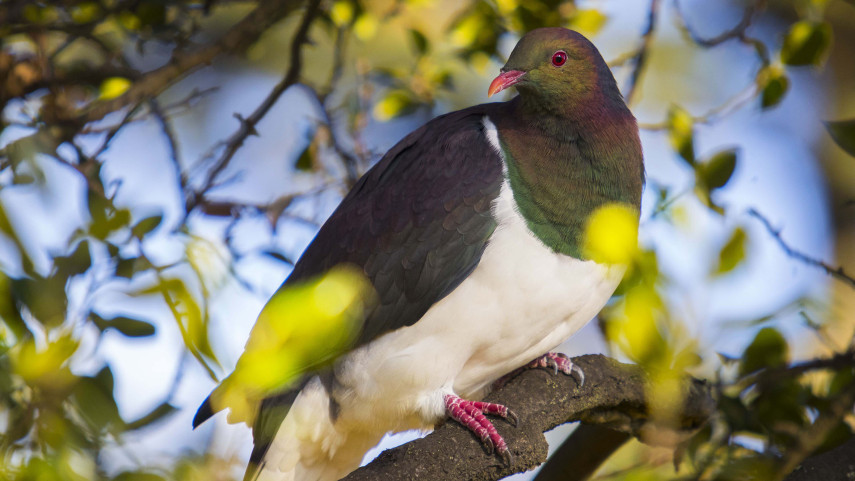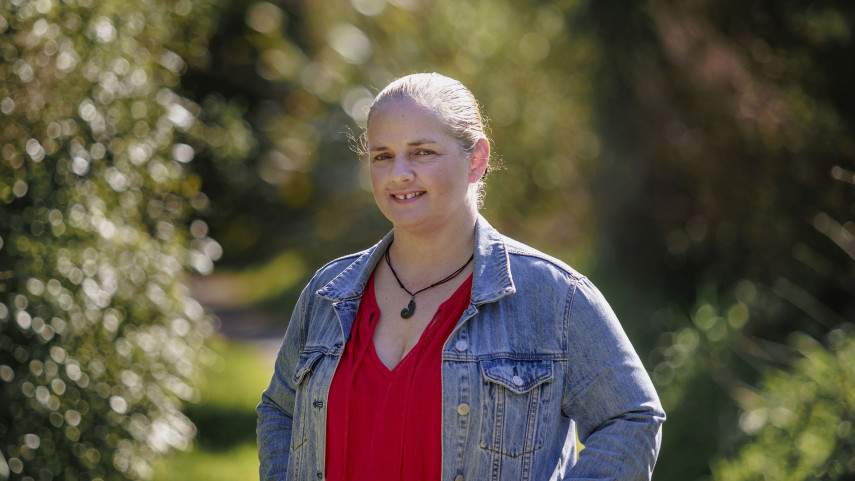Explore some of our older buildings, learn something of our cultural heritage, and find out about museums and public art and artefacts.
Due to damage from the Canterbury earthquakes, Our City O-Tautahi is currently closed.

The former Municipal Chambers building on the corner of Oxford Terrace and Worcester Boulevard was officially opened as Our City O-Tautahi in July 2002 - a return, after almost 80 years, to civic use.
It is most appropriate that a centre which considers the city's past, present and future is to be housed in this building and on this site.
Due to damage from the Canterbury earthquakes, the Canterbury Provincial Council Chambers are currently closed.
The only purpose-built provincial government buildings still in existence in New Zealand. This small cluster of historic buildings in central Christchurch are treasured by the city, both for their historical importance and their beauty.
Canterbury Provincial Council Buildings (1858 to 1865) were designed by Benjamin Mountfort, Canterbury's leading Gothic Revival architect.
Although the style of the buildings looks back to Europe, they also declare their pride of place with the use of local stone and timbers.
They sit beside the meandering Avon River, telling the story of Christchurch's early European settlement.
Read more about the history of these buildings.(external link)
Akaroa Museum(external link) reflects the varied and colourful history of Akaroa, Banks Peninsula and New Zealand.
Established in 1964, the museum has recently marked its 50th anniversary.
Due to damage from the Canterbury earthquakes, the Lyttelton Museum is closed.
This museum featured the many aspects associated with Lyttelton history. It included colonial, maritime and Antarctic relics, photos and models.
The museum building sustained serious earthquake damage and was subsequently demolished in 2011. The collection is safely stored away until a new place to exhibit is found.
In the meantime, the museum is planning a series of distributed displays in Lyttelton and online.
Contact us
- Lyttelton Historical Museum Society, PO Box 95, Lyttelton 8841
- Phone 03 328 8972
- Email info@lytteltonmuseum.co.nz
- Website: www.teuaka.org.nz(external link)
Housed in the category 1 powder magazine building (1874) at Magazine Bay, Lyttelton, this museum primarily exhibits the remains of Thornycroft torpedo boat number 168.
Opening hours
The museum is open from 1pm to 3pm on Sundays.
Admission
- Adult $2
- Child 50c
- Group tours by arrangement, contact the Lyttelton Harbour Information Centre(external link)
Location
Magazine Bay, Lyttelton.
Museum location map [PDF, 27 KB]
Contact us
- Phone 03 328 9093
- Lyttelton Information Centre, 20 Oxford Street, Lyttelton 8082
A 36 minute documentary film is shown on request. The film sets out the political context of the Russian scare as it affected New Zealand and Australia and relates the history of torpedo boats in general with specific regard to number 168. It displays historic photographs of the vessel, her crews, exercises and shows graphics of how the spar operated.
The 1999 recovery of the Torpedo boat and its subsequent restoration as well as the general history of Magazine Bay as a military reserve are also covered.
As well as the partly re-constructed bow and stern of the Lyttelton torpedo boat, the museum features a scale model of the vessel and an example of the steam engine that once powered it. This is in pristine working order obtained from one of its long scrapped sister ships.
Thornycroft torpedo boat number 168 - a brief history
One of four torpedo boats purchased by the New Zealand Government in 1883 in response to the possibility of an invasion by Russian forces.
|
Date |
Event |
|---|---|
|
1883 |
Built in Chiswick, London by John I Thornycroft and company |
|
1884 |
Commissioned at Lyttelton |
|
1899 |
Decommissioned and sold |
|
1900 |
Towed to Purau |
|
1909 |
Pulled into sandhills by Mount Herbert County Council traction engine and broken in two |
|
1958 |
Remains buried |
|
1999 |
Excavated and remains conserved for display |
Particulars of number 168 - Thornycroft spar torpedo boat
|
Item |
Dimensions (feet/inches) |
|---|---|
|
Length |
63' |
|
Beam |
7'6" |
|
Draught |
3'4" |
|
Crew |
5 |
|
Armaments |
30' Spar torpedo |
|
Hull |
Constructed of 1/16inch galvanised high tensile steel |
|
Powered By |
Coal fired steam engine giving a maximum speed of 17.5 knots; 650rpm |
Vessel plan [PDF, 54 KB]
Magazine Bay is situated within a former five acre military reserve, which was gazetted in 1885 at the time of Russian expansionist threats in the Pacific. The torpedo boat formed part of the coastal defence system for Lyttelton Harbour which included strategically placed gun batteries.
A gun was established on the headland above the magazine building. A slipway and shed for the torpedo boat was built in the bay and also caretaker's and gunner's cottages. The reserve reverted to local Council control in 1984. Interpretative signs are provided. The sandy beach and reserve are popular places for swimming and picnics in summer and the area has good all season walking tracks.
The Okains Bay Māori and Colonial Museum offers visitors a wonderful look at the life and material culture of the Māori people as well as beautifully preserved examples of early colonial life in New Zealand.
There is a vast collection of Māori and European artefacts. There is also a meeting house, pātaka, waka shed, cottages, stables, a print shop, a blacksmith shop, stationary engines and a saddlery. Two Māori waka are used for Waitangi Day commemorations each year, one of which dates to 1867.
The Museum has restored the Akaroa Grandstand, which includes accommodation for visiting groups and restored the original Bay school. Most of the carvings on the magnificent meeting house were done by John Rua, a well-known New Zealand master carver. All traditions and tapu were observed.
Location
Main Road, Okains Bay, Banks Peninsula(external link)
Opening hours
Open daily 10am to 5pm, except Christmas day.
Admission
- Adult $10
- Child $2
Facilities include
- wheelchair access
- cafe
- guided tours
- gift shop
- membership subscriptions
- parking
Contact us
- Phone 03 304 8611
- info@okainsbaymuseum.co.nz
- P.O. Box 51, Okains Bay 7583
- Okains Bay Museum website(external link)
Related news

Tuia programme helps Māhina’s leadership journey
Christchurch’s Māhinarangi Henry-Campbell (Ngāi Tūāhuriri, Waihao, Puketeraki) is well on her way to becoming a people leader after taking part in a year-long programme aimed at developing young Māori.
18 Nov 2025
Pest control project helping restore eco-system
A successful pest control programme on Whakaraupō Lyttelton Harbour has so far removed almost 4700 predators thanks to a network of dedicated volunteers, support from landowners and funding from Christchurch City Council.
8 Oct 2025
Spotlight on community boards
Voters will be electing six new community boards in October’s local elections, but what does a Community Board actually do? Retiring Community Board chairperson Emma Norrish explains what the job can involve.
16 Sep 2025